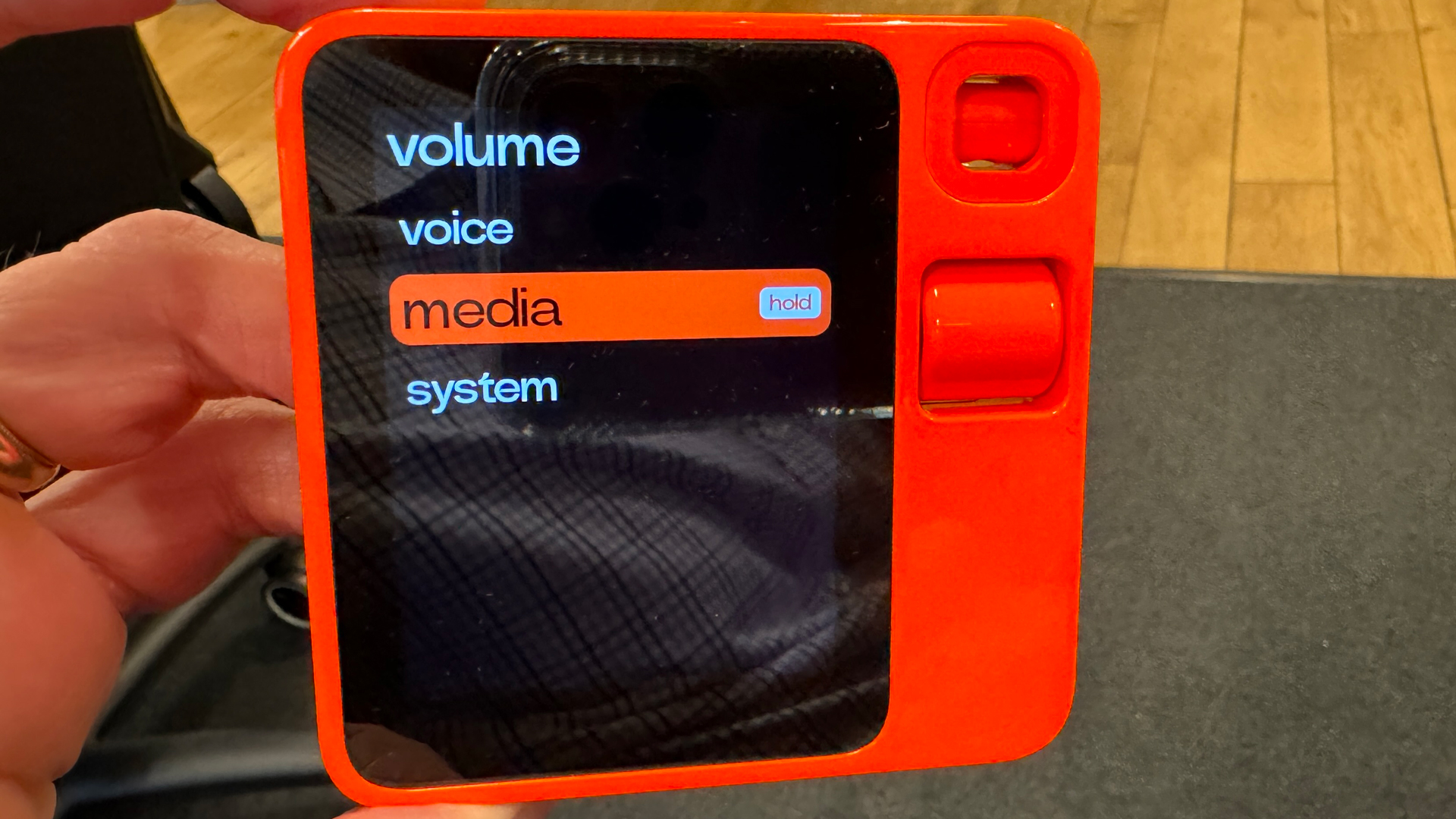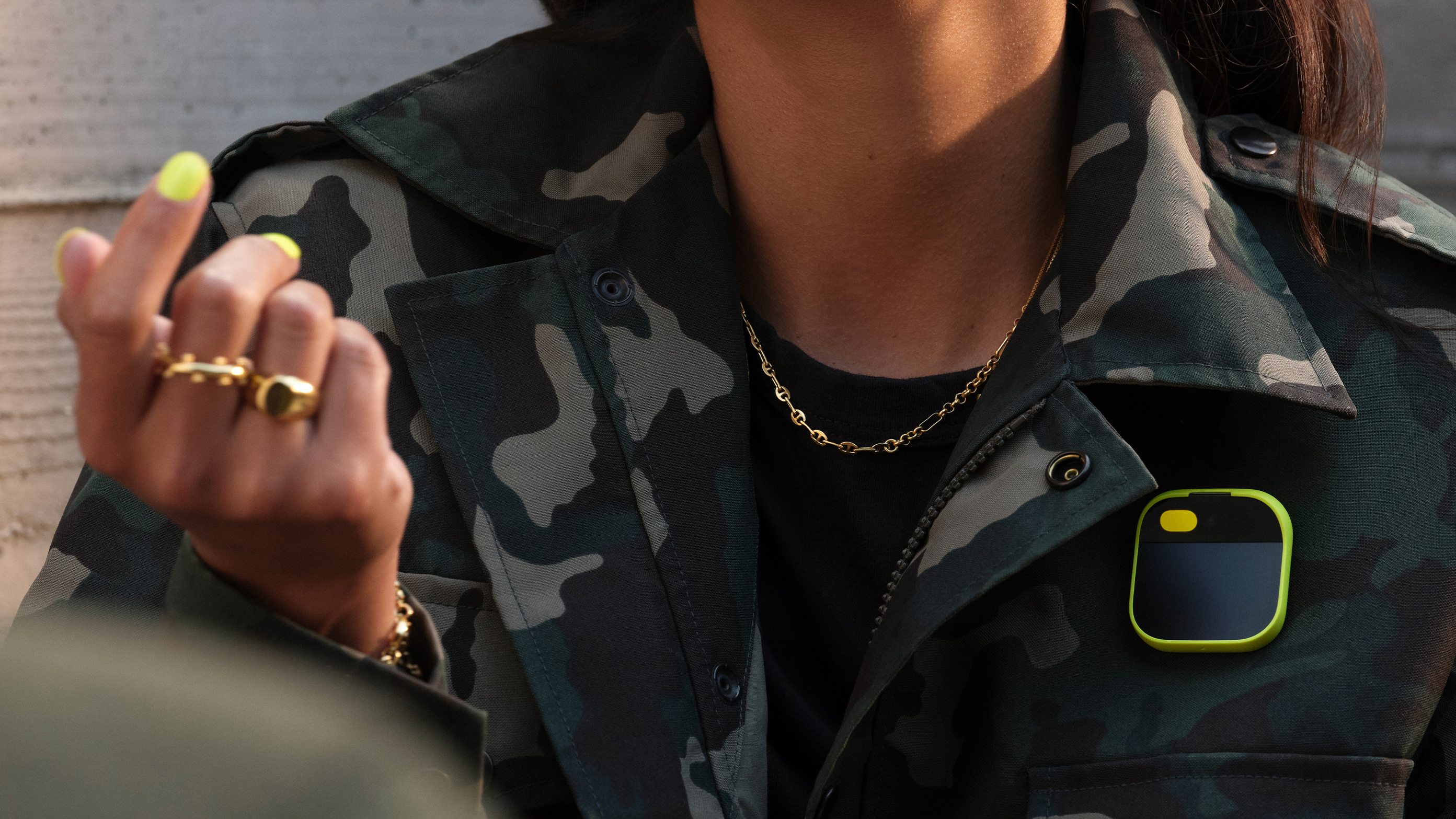From the AI Pin to Microsoft Tay: 5 AI products that ended in disaster, and why they failed
You won’t believe some of these actually happened

With Sam Altman, CEO of OpenAI, and Jony Ive, the designer of the iPhone, about to launch their mysterious new AI product, I thought it might be a good time to look back at AI products that have tried and failed to break into the consumer space.
Breaking into the market with a new technology product is never easy, even when it’s making use of the most popular consumer technology trend of the moment: AI. The short history of AI products is already littered with the rusting hulks of start-up companies and tech that haven’t made the grade.
While the ideas for AI products are often top-notch, it’s always the implementation that lets them down in some way. Here are five AI products that failed spectacularly, and the lessons we hope Altman and Ive can learn from each one.
1. The AI dog collar

Back in October last year, I was contacted by Shazam Pet about its new AI dog collar that would let your dog talk to you. I didn’t believe it was real at first, but the startup company was keen to do a live demo over Zoom for me to prove that it worked, so I thought, why not? I’ll see what it can do.
Just as promised, I watched a dog ‘talk’ to its owner on the call, saying a few phrases like “I love you” and “I could do this all day!” in response to what the owner was asking it. I was impressed with the demo and wrote up the product for TechRadar.
To be clear, that dog was not actually talking; instead, the AI collar was interpreting the dog’s mood from its physical actions and listening to what the owner was saying, then delivering one of a number of pre-programmed responses in whatever voice had been chosen. The overall result was that it appeared as if the dog was talking, and that was cute enough to make the product worthwhile.
Unfortunately, the AI dog collar never materialized. Despite everything looking on track for a Holiday Season release, and being promised that a review sample would be sent to TechRadar, nothing ever arrived, and now, when I visit what was once the fully-functioning Shazam Pet website, the site has disappeared.
Sign up for breaking news, reviews, opinion, top tech deals, and more.
It seems that Shazam Pet has gone up in smoke. The last Instagram post made by the company was in November 2024.
Everything points to the ShazamPet dog collar joining the growing list of AI failures, which is a shame because it was actually a good, if rather unconventional, idea.
Perhaps it will reappear again at some point in the future.
2. Microsoft Tay

With the benefit of hindsight the idea of training an AI by letting it run wild on Twitter (as it was called back then) should have raised one or twelve red flags at Microsoft HQ, but it was only after Tay, an AI designed by Microsoft to engage 18-24 year olds in conversation turned into a holocaust-denying racist that it got shut down.
As TechRadar reported back in 2016, Microsoft was forced to apologize and pull the plug on Tay after the AI bot started to spout a tirade of racist remarks.
In a blog, Peter Lee, Corporate Vice President of Microsoft Healthcare, wrote: “We are deeply sorry for the unintended offensive and hurtful tweets from Tay, which do not represent who we are or what we stand for, nor how we designed Tay. Tay is now offline, and we’ll look to bring Tay back only when we are confident we can better anticipate malicious intent that conflicts with our principles and values.”
So what went wrong? Microsoft needed lots of data to train Tay on. It just went to the wrong place to find it: “The logical place for us to engage with a massive group of users was Twitter”, wrote Lee. “Unfortunately, in the first 24 hours of coming online, a coordinated attack by a subset of people exploited a vulnerability in Tay. Although we had prepared for many types of abuses of the system, we had made a critical oversight for this specific attack. As a result, Tay tweeted wildly inappropriate and reprehensible words and images," wrote Lee.
2016 was the very early days of chatbot development (ChatGPT didn’t launch until November 2022), so Tay was way ahead of its time, but I can’t help but think there was a certain amount of naivete in Microsoft’s approach to AI that left Tay open to abuse. I mean, had Microsoft employees even been on Twitter before?
If anything, Tay proved how crucial it was that AI was trained on good, quality data, a lesson that the other AI development companies learned very quickly, even if they didn’t always ask permission first.
3. The Rabbit R1

The Rabbit R1 is a companion AI device designed to fit in your pocket, but I think half the problem with the Rabbit R1 is that it isn’t entirely clear what it is for.
Described as a “pocket companion,” you can speak to it and it will reply, it can identify objects, it can take photos, it can translate into different languages, and it can set timers and record your voice, among other things.
The problem is that your smartphone can already do all that, and do it better, because it has a screen.
Lance Ulanoff, our Editor at Large, described the R1 as “limited, poorly thought out, and much of the magic it promises happens – slowly – in the cloud and then is delivered back to this underpowered orange product” in his scathing review for TechRadar.
The Rabbit R1 isn’t dead and buried yet, though. While it didn’t set the world on fire, you can still buy it for $199. Perhaps if Rabbit had made it white, more people would have followed it?
4. Humane AI Pin

The Humane AI Pin became something of the poster boy for failed AI products after the much-hyped AI device was finally released to a slew of disastrous reviews from members of the technology press.
Like a lot of failed tech products, the AI Pin was fundamentally a good idea, but so far ahead of its time that the implementation left a lot to be desired. It was essentially a phone without a screen that was designed to be worn on your person. To communicate with it, you used your voice or performed gestures with your hands.
So, if you wanted to make a phone call, send a text message, or take a photo using the built-in camera, you needed to tell the Pin what you wanted it to do. Unfortunately, the AI tech wasn’t quite up to scratch, and voice commands often resulted in long delays between asking it to do something and the AI Pin kicking into action, when, that is, it understood you correctly.
The resulting user experience was pretty terrible and was full of awkward stops and starts and miscommunications. It turns out that using a phone without a screen is exactly as frustrating as you’d expect.
Add to that the initial $700 for the device, then $24 a month for the data subscription, and the fact that you’ll still need a phone, since the AI Pin couldn’t take over from your phone, and the AI Pin didn't really make sense anymore.
By February 2025, the AI Pin was no more, and the company had sold its assets to HP. If the AI Pin has one lesson to teach innovators of future AI devices, it’s to dream big, but make sure that the technology is good enough to deliver it.
5. Apple Siri

So much has been written about Apple’s AI-powered Siri turning out to be a disappointment now that it seems a little churlish to bring it up again, but Siri in 2025 remains a black mark on Apple's books.
Siri came out way back in 2011, which was before Alexa even set its first timer. With a head start in virtual assistants that far back, you’d have expected Apple to remain at the forefront of AI innovation. However, it seemed happier simply watching from the sidelines as companies like Google and OpenAI made headway. To say that Apple threw away its lead is something of an understatement.
Sure, some elements of Apple Intelligence did launch as promised - Genmoji, Image Playground, Notification Summaries, and Writing Tools to name a few, but even then Apple ran into trouble because its AI summaries changed the meaning of a story to the point where it was getting things wrong.
It turns out that developing your own AI that can produce results that are reliable enough to be unleashed on the general public is a hard thing to get right. Perhaps it’s too hard for a company that already does so many other things, like making computers and phones.
Currently, there are rumors this week, started by the ever-reliable Marc Gurman that Apple is about to jump back into the AI race by purchasing Perplexity, the AI search engine, and that might be the better strategy in the long run.
You might also like

Graham is the Senior Editor for AI at TechRadar. With over 25 years of experience in both online and print journalism, Graham has worked for various market-leading tech brands including Computeractive, PC Pro, iMore, MacFormat, Mac|Life, Maximum PC, and more. He specializes in reporting on everything to do with AI and has appeared on BBC TV shows like BBC One Breakfast and on Radio 4 commenting on the latest trends in tech. Graham has an honors degree in Computer Science and spends his spare time podcasting and blogging.
You must confirm your public display name before commenting
Please logout and then login again, you will then be prompted to enter your display name.